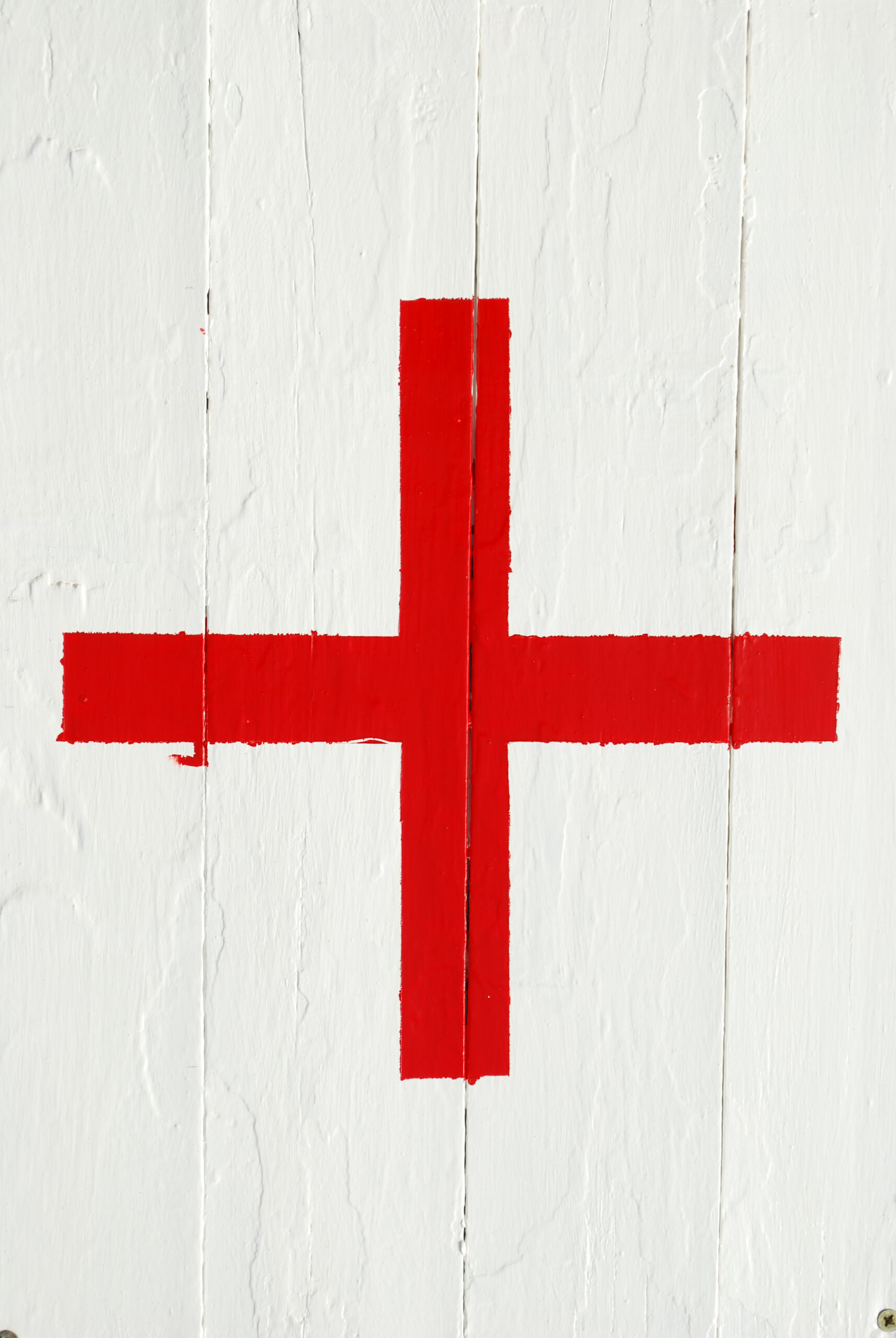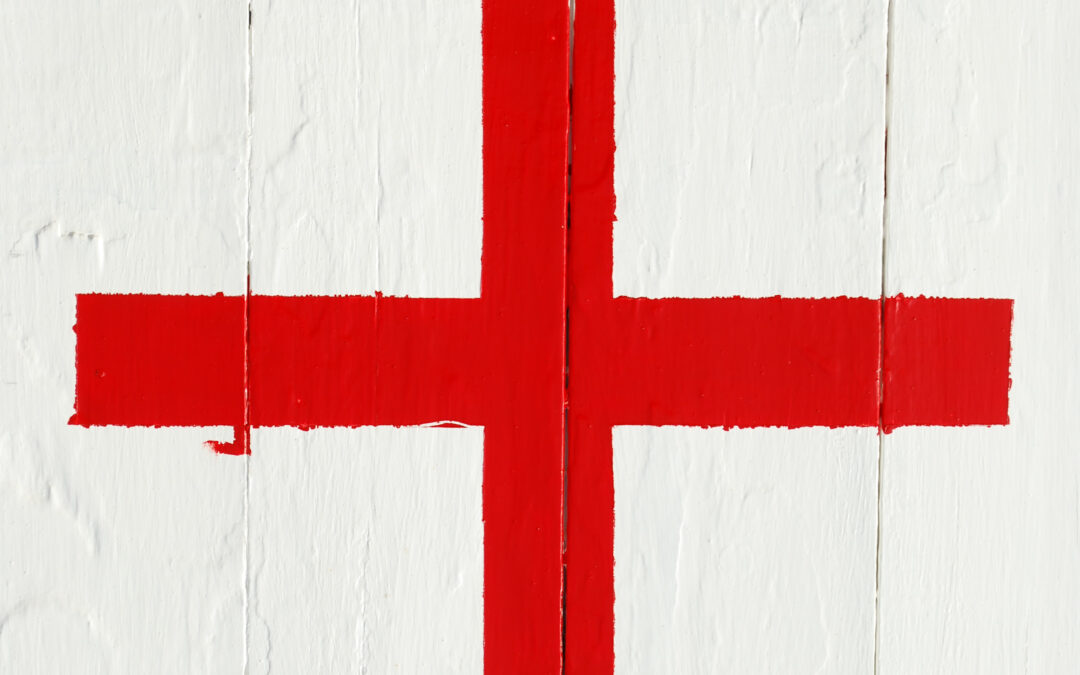Introduction to Disaster Preparedness:
Disaster preparedness is an essential aspect of ensuring the safety and well-being of you and your loved ones. It involves taking proactive steps to prepare for any emergency situation that may arise, such as natural disasters or other unexpected events. One crucial component of disaster preparedness is building a disaster kit that contains all the necessary supplies you may need in case of an emergency.
What is a Disaster Kit?
A disaster kit is a collection of items that are designed to help you survive during an emergency situation. These items can range from food and water to first aid supplies and tools. The key is to tailor your disaster kit to meet the specific needs of your family and the type of emergencies that could occur where you live.

Essential Items for Your Disaster Kit:
There are several critical items that should be included in every disaster kit. Some of these include:
1. Water – enough for at least three days (one gallon per person per day)
2. Non-perishable food – enough for at least three days
3. First Aid Supplies – bandages, antiseptic wipes, pain relievers, etc.
4. Flashlight with extra batteries
5. Portable Radio with extra batteries
6. Multi-tool or knife
7. Matches or lighter
8. Whistle
9. Dust mask
10. Sanitation supplies – hand sanitizer, toilet paper, garbage bags
How to Customize Your Disaster Kit:
Your disaster kit should be customized based on the unique needs of your family. Consider factors like age, health conditions, and dietary restrictions when selecting items for your kit. You may also want to consider adding additional items like prescription medications, pet supplies, or important documents.
Storing and Maintaining Your Disaster Kit:
Once you have built your disaster kit, it’s essential to store it in a safe and easily accessible location. Make sure that everyone in your household knows where the kit is located and how to access it quickly. Additionally, it’s vital to maintain your disaster kit by regularly checking expiration dates on food and water, replacing batteries, and updating items as needed.
Conclusion:
Building a disaster kit is an essential step towards preparing yourself and your family for any emergency situation. By including critical items like water, non-perishable food, first aid supplies, and tools, you can ensure that you have everything you need to stay safe and comfortable until help arrives. Remember to customize your disaster kit based on the unique needs of your family and to maintain it regularly to ensure its effectiveness.




